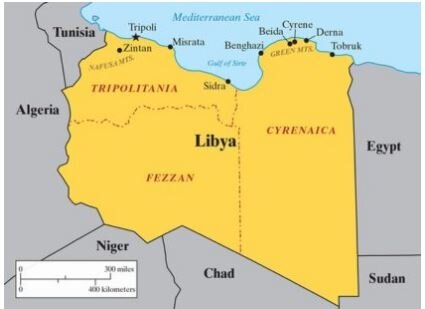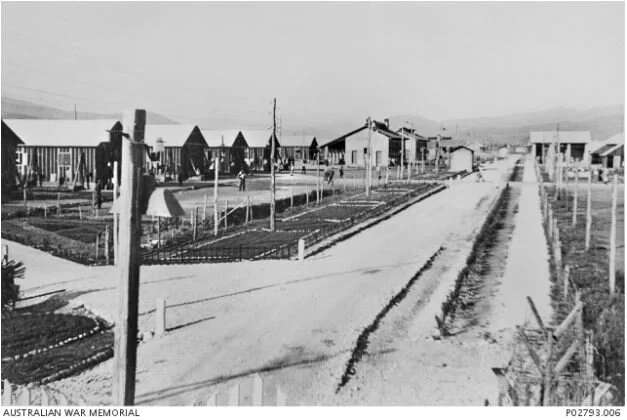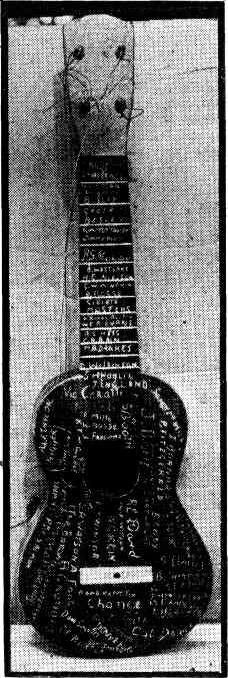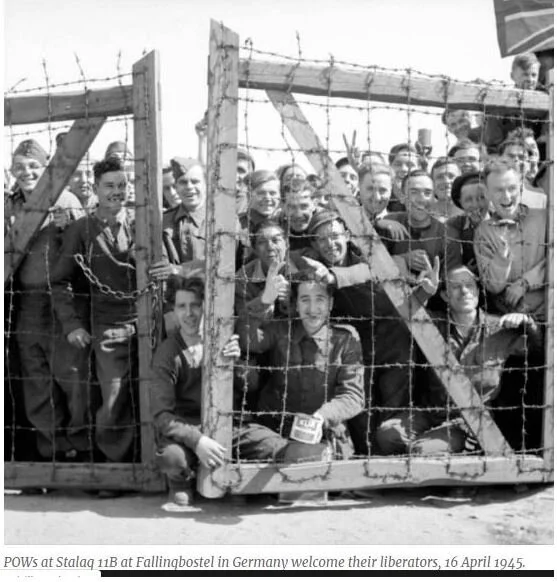Harold H Smith
(1909-1984)
Harold Henry Smith, one of the ‘Rats of Tobruk’ was born in North Fremantle; the fifth of nine children born to Charles and Florence Smith. Charles worked as a miller in North Fremantle (at the Great Southern Roller Flour Mills, North Fremantle, known now as ‘Dingo Flour’ mill). (Reference)
Harold and his older brother Algernon became active football players in Fremantle. They attended the Palmyra Football Club’s annual carnival in September of 1929, when Harold was 20 and Algy 24. (Reference)
They both appear to have been sociable youngsters, not immune to the ‘high jinks’ of the time. At 18 Algy was arrested and fined for using obscene language in the street (Reference) and in 1935 Harold, aged 20, was a passenger in a car accident where the driver was accused of drunk driving after a party (Reference)
In 1938 the family moved to 33 Hamilton Street, East Fremantle. It was from here that Harold enlisted in the AIF in July of 1940 aged 31 and still single, working as a ‘packerman’ and living with his parents. (Reference) Algy, four years older, married and living in Cottesloe, enlisted at the same time.(Reference)
The brothers were both part of the AIF 2/28 Battalion which arrived in the Middle East in early 1941; just in time to face an attack from Field Marshal Erwin Rommel’s forces. Italian forces had attacked Egypt from Libya in 1940. The Allies had repelled this attack and advanced deep into Libya. However, a large Italo-German force then pushed the allies back towards Egypt in mid-1941.
Allied forces retreated but decided to remain in control of the port of Tobruk, denying the Axis forces easy supplies by sea. (Reference)
In response, the German and Italian forces besieged Tobruk and attacked and bombed it constantly. However, the Allied forces, including Harold and Algy, managed to survive from April to December 1941, when they were liberated by the British 8th Army. During the siege, the defenders were given the nickname ‘Rats of Tobruk’ as they burrowed deep into tunnels and trenches to survive bombardment.
Harold’s ukulele playing was popular at camp concerts during the campaigns, and particularly during the siege. His fellow soldiers carved a picture of rats into his ukulele and about 200 of them etched their signatures on it.
In July 1942, both Harold and Algy were captured along with 489 other Australians while attacking ‘Ruin Ridge’, during the first battle of El Alamein (Reference). After Harold was captured a fellow soldier, Ned Ducker, kept Harold’s ukulele, and when he returned- he took it home to East Fremantle, and gave it to Harold’s parents. (Reference)]
The Museum of Perth has established that this special ukulele was donated to the West Australian Army Museum at Fremantle. It is not on display.
Harold and Algy were taken (late 1942) to a prisoner of war camp in Italy: Campo 57 in Udine. This was a particularly harsh camp, run by a cruel commander, and the prisoners had to rely on Red Cross parcels for much of their food. (Reference) Harold contracted ‘Beri-Beri’ while in the camp. (Reference NAA Record)
In early 1943 Harold was transferred to POW Camp 106 in Vercelli. This was not really a camp, but a collection of 25 farms where prisoners were billeted and expected to work. The Italian authorities had decided to use prisoner labour to maintain their agricultural output. (Reference)
In September 1943, Italy surrendered to the Allies. Some of the prisoners at Camp 106 managed to flee and find their way to Switzerland or survive until they got help from Allied forces. Unfortunately, Harold was sent to a German POW camp. This was Stalag 4B, one of the largest POW camps in Germany, just north of Dresden. (Reference)
Algy was transferred straight from Camp 57 in Italy to Stalag 18a in Germany where he saw out the war. (NAA Record)
In late September 1944, Harold was transferred again; this time to Stalag 357, near Fallingbostel. From here, Harold sent a letter home in 1944 saying that he was well. (Reference) Camp conditions do not seem to be too bad, as can be seen in this video, courtesy of the Australian War Memorial (Reference)
Stalag 357 was the first POW camp to be liberated, on 16 April 1945 (Reference).
Harold was sent with the other POW’s to the UK to recover, and then embarked from Liverpool for Sydney on 16 May 1945. He seems to have arrived in Fremantle in mid-June 1945. (Reference)
Sadly Harold and Algy’s father, Charles, died in February 1945, just months before the two brothers returned home (Reference) and brother-in-law, Stanley Mason, who was married to Winifred, died at 64 Glyde Street, aged 42, on June 29. (Reference). Harold had arrived back in Fremantle by this time and Algy arrived two months later. No cause for Stanley’s death is given in the numerous death notices in The West Australian.
Soon after this, on 11 August 1945, Harold was officially discharged. Some time later in 1945, aged 36 he married Ellen Domenica Caratti (born in 1919 in Mt Margaret), who was 26.
Interestingly, one of the names etched on Harold’s ukulele during the Siege of Tobruk in 1941 was ‘Vic Caratti’. Victor was the brother of Ellen. He survived the war (which he spent as a paratrooper) and returned to Fremantle, becoming a prominent football umpire. (Reference)
Harold and Ellen lived in South Terrace, Fremantle (on the corner site of the present Fremantle Hospital) and had a daughter, Judith Ann, born 24 March 1947. (Reference) Harold worked as a truck driver and was twice arrested for ‘obstruction’ (gambling) in 1946, and 1947 (Reference) (Reference)
Harold’s mother, Florence, died in 1955, and Ellen died in 1972, aged only 53. (Reference) Harold lived another 12 years until he died in 1984, aged 75, while living in Claremont, Perth. (Reference)
Algy and Dorothy moved to Northam, where Algy became head miller at the Northam Mill. Sadly, Algy and Dorothy died within 6 weeks of each other in 1955, both aged only 49. No cause of death was given for either. (Reference)(Reference)
Researched and written by Mark Jardine for www.streetsofeastfreo
Harry H Smith c. 1940






